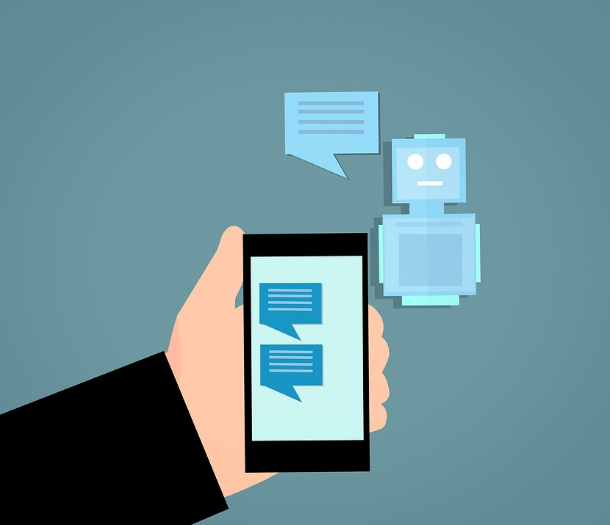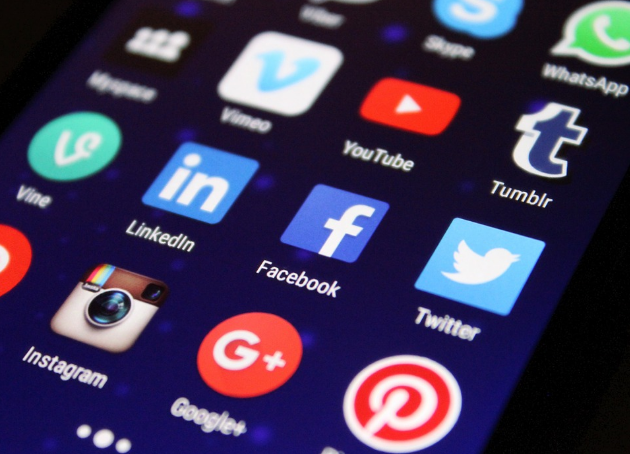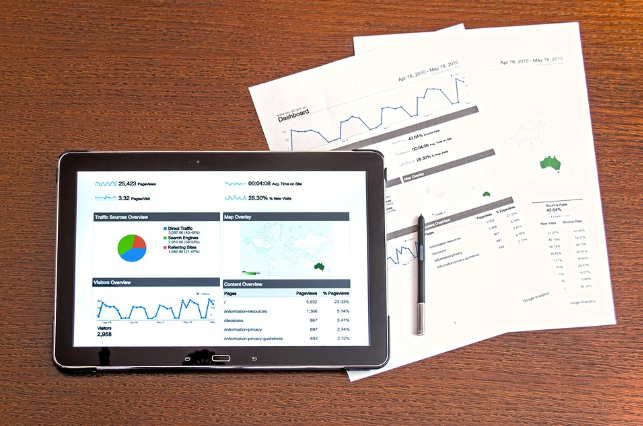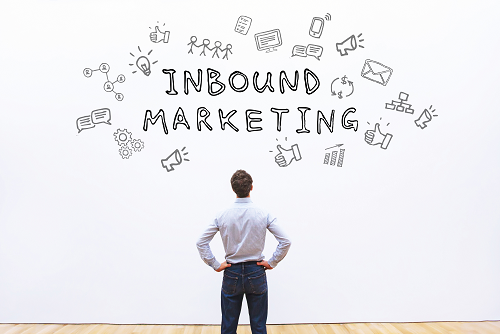As we enter 2019, how is digital marketing changing? And how will this impact your inbound methods?
In this blog, we highlight what’s influencing the marketing industry, and how you can leverage digital marketing changes...
How to use chatbots with inbound marketing
By now, you’re bound to have encountered chatbots on e-commerce sites and social media. They pop up with a chirpy message, offering to answer questions, help you find information or even buy products and services. Sophisticated bots are built with AI, and can feel a lot like talking to a human. But unlike live chat operators, bots don’t need breaks, sleep or holidays – meaning they cut costs and customer waiting times. A clear win for you and your customers.
But they're also becoming popular with marketers. Here’s why…

Inbound marketing works by giving customers information that solves their problems. Bots combine 24/7 customer service tracking that fuels marketing automation.
Example: Chatbot outperforms human by 14x
In 2016, Covergirl launched an influencer chatbot marketing campaign. Based on popular influencer Kalani Hilliker, the Bot had 14x more engagement than its human counterpart. Not only was the campaign a huge success in terms of engagement, clicks and sentiment… but it also delivered in-depth analytics to inform future campaigns.
Bots deliver quick inbound messaging to keep people moving along the buyer journey. Whether they’re top, middle, bottom or an existing customer.
Pro Tips:
-
Don’t try to cheat your customers into thinking your bot is a human - never break trust
-
Be prepared for even the best bot to have limitations
-
-
People use voice search to ask questions, so start using a question format for your headlines.
-
Many voice searches are local in nature, so make sure you claim and populate your Google business page
When your bot can’t help, it needs to divert your customer to a real person.
Turn customers into evangelists with hyper-personalisation
With word-of-mouth spreading like wildfire online, inbound marketers are focussing on delighting existing customers. To do that, you need a deep understanding of your customers.

When you walk into your local cafe or bar, it feels good when the server knows your preferences. It makes you feel special and appreciated. It’s personalisation that drives a frictionless, fast and feel-good experience.
So how can you personalise your marketing strategy? We’re not talking about simply throwing your customer’s name into the [/NAME] field in your emails. You need to know:
-
What problems they have
-
Their priorities
-
Their buying habits
-
Which comms channels they prefer
-
What’s driving them crazy and what they love
-
How to be the business that fixes their problems.
Once you know their likes, dislikes and intentions, you can craft offers and discounts that convert like never before. Tracking the way your customers interact with your own website is one example. If you see a user has read a ‘how to’ blog, you know which problem they want to solve. If they download an eBook or guide, they are often close to making a decision. With consent, you can then target them with the right offer at the right time. That could be further helpful resources, or directing them to a product or service sales page.
Voice search
With the likes of Apple Siri, Amazon Alexa, and Google Home, voice searching is fast becoming the most popular search method. From asking about the day’s weather, to getting the latest football scores, people are relying on voice search more and more.

It’s predicted that voice search will become more popular in 2019. By May last year, Google was reporting that 20% of all searches were voice activated. This means your online content needs to be optimised for voice search too. But how?
-
People use voice search to ask questions, so start using a question format for your headlines.
-
Many voice searches are local in nature, so make sure you claim and populate your Google business page
-
Use colloquialisms and more conversational keywords to match the way users speak.
Social media algorithms
Understanding social media algorithms is vital for your inbound marketing success. But they’re always changing to keep ahead of brands and influencers trying to game the system. For example, Twitter recently gave its users the option to switch between a chronological timeline, where tweets are seen in real time, and an algorithmic timeline, where users are shown ‘top tweets’ with the most engagement. LinkedIn also introduced a new algorithm to generate more engagement on users’ posts. This was to encourage people to post more updates; those who receive 10+ likes are 17% more likely to post again the next week. As digital marketing changes over time, it's essential that you keep up-to-date.

So, here are your quick tips for social success:
Facebook’s algorithm loves conversation
-
Priority is given to posts with high engagement (including shares via Messenger)
-
Facebook likes longer comments: indicates interest
-
Facebook now prioritises friends and family in newsfeed over brand pages
-
Stick to organic likes so you’re not penalised.
Twitter’s algorithm loves timeliness
-
Scheduling and post timing are critical.
-
More engagement means higher priority (like Facebook)
-
Engage with your followers, follow other accounts and engage in the conversation.
LinkedIn loves stories
-
-
-
Get your post seen by your network and your 2nd and 3rd degree connections
-
Share true, honest and valuable stories
-
Native articles get priority. Use it to build authority and give followers value.
How do paid ads fit in with inbound marketing?
Inbound marketing is designed to nurture relationships over a long period of time. Paid ads are to get people through the door fast. But if a visitor from a paid ad isn’t ready to buy right away, you want to get them into your nurture programme.

Paid ads expand the reach of your inbound landing pages. Done right, they’ll provide you with high-quality leads, complement your SEO efforts and grab the attention of the customers who are closer to buying.How to use video to maximise your inbound effort
Videos makes storytelling easier. Or rather, it’s easier for some customers to digest than text-based content.

Cisco predicted that by 2021, a whopping 80% of internet content will be video based. Today, one third of all online activity involves videos. Here are some quick tips on using video as part of your content strategy:
-
Get creative with your content. Consider animations, slideshows and live-action options
-
Ensure your videos are the optimal length for each social media platform
-
Repurpose blog posts, case studies and educational content to get more reach.
Video can be used at each stage of the funnel. Whether you want to attract, engage or delight your customers, think about whether video could help them along their journey easier than other media.
Within this industry, we will always see digital marketing changes. But it's how we ustilise these changes that will make the real difference! Want to know where your business is at when it comes to digital marketing? We offer a free marketing health check. Click here to find out more. -
-










